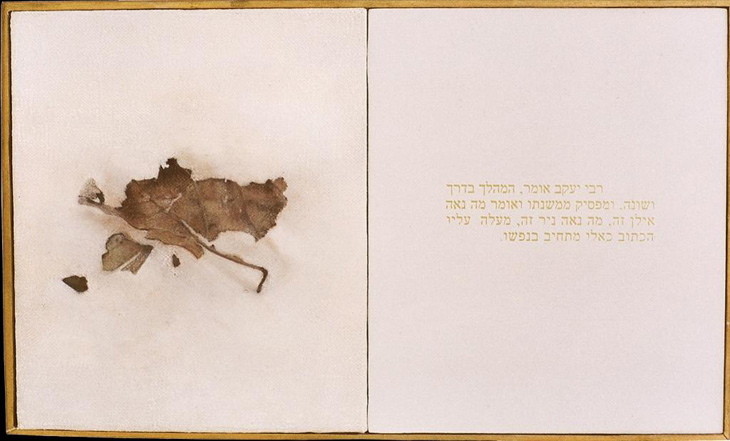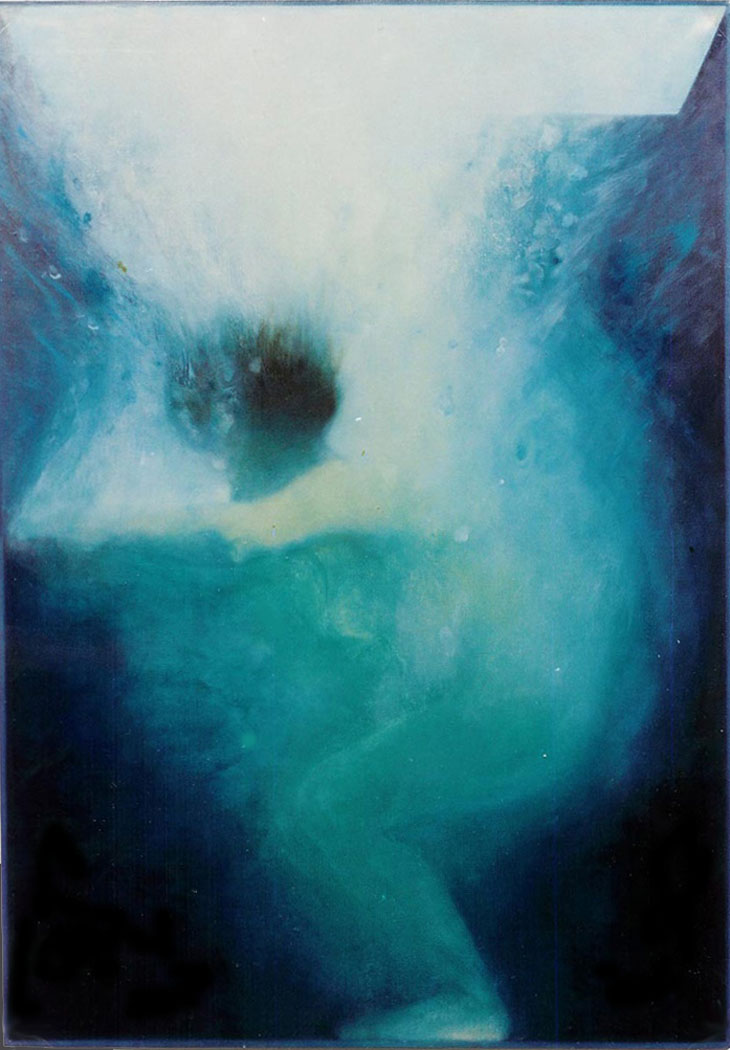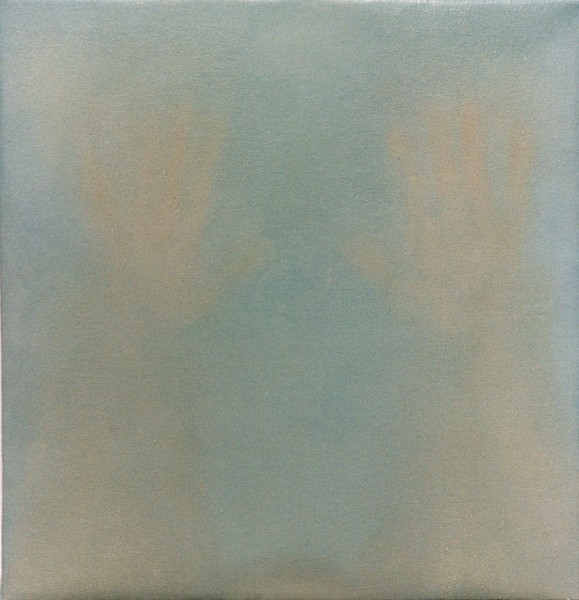Between Law and Ecstasy
Albert Suissa
Kol Hair (Jerusalem weekly), July 3, 1998
You should take the time to visit poet Linda Zisquit’s wonderful Artspace Gallery in Jerusalem, situated in an island of greenery and quiet, just a hundred yards from the bourgeois boisterousness of Emek Refaim Street. Not only because it is one more of Jerusalem’s gems, each one with its own unique style, combining living, work, art and spirituality, but also because of something shared by all of the artworks exhibited here, stemming, apparently, from the curator herself. Encourage her to show you more and more, and listen to her.
Painter Ruth Kestenbaum Ben-Dov now exhibits her new oil paintings, so light and delicate that they force you to restrain yourself as if in the face of a female presence that is too sensitive, too modest, one that forces you to offer up a gesture of awe and respect. Since her earlier works, moving self-portraits, one senses the constant, extremely personal movement back and forth between figurative appearance to abstract disappearance, between the discovery of form and matter to the hiddenness and ambiguity of spirit and meaning.
In her present works this juxtaposition motif becomes a means for observation of a spiritual and cultural inner femininity. In a series of small square canvases Ben-Dov places the Biblical text from Deuteronomy 4, warning against creation of graven images. The Biblical calligraphy stands out in vibrant clarity next to a blank textured canvas, and is followed by a canvas with a flower fading to stark oblivion, and so on to the next panel, in which the text drowns in whiteness, almost erased, and then the flower bursts out with greater force, all the more sensual as it withers, followed by a blank panel, white and silent. This is a painterly and textual verse that may be read in both directions. The strict Jewish text, spoken and heard, is countered by the Christian eye, seeing and revealing, and with the gospel of the Lord appearing in flesh and blood; between the philosophic-religious sentiment to the aesthetic-sensual one, between purifying law to liberating ecstasy. Once in a while, in a few rare moments of consolation, and then only whispered, the two worlds converge in the abstract painting, but then they immediately part, one toward the voice and the other toward the image.
But there is also a questioning by way of painful irony, inviting the Judaic severity to look at the beautiful and forbidden tree in its shriveled state, at the human body at the extreme points of seminal drop or dying flesh. These paintings are torn between seeing the voices and hearing the images, between denial and admission, between loss and fullness and threatening emptiness, locked in tension and anxiety stemming from the permanent pattern of birth to the crumbling chaos of death. The thoughts flow in ripples, as in the face of a heavy woman as she immerses herself in the mikve, the ritual bath, and you cannot be sure if she is purifying herself or drowning, if she is in a heroic struggle, or, to judge by the hands, slowly disappearing in the blue waters, the fingers suggesting the Priestly Blessing, she becomes one with a world of total purity and innocence. But the most moving thing about this work is that it doesn’t draw all of its strength from the symbols and meanings woven in it, nor from its conceptuality, but from the act of painting itself, from the depths of feeling invested in the conflicts and struggles within it.



